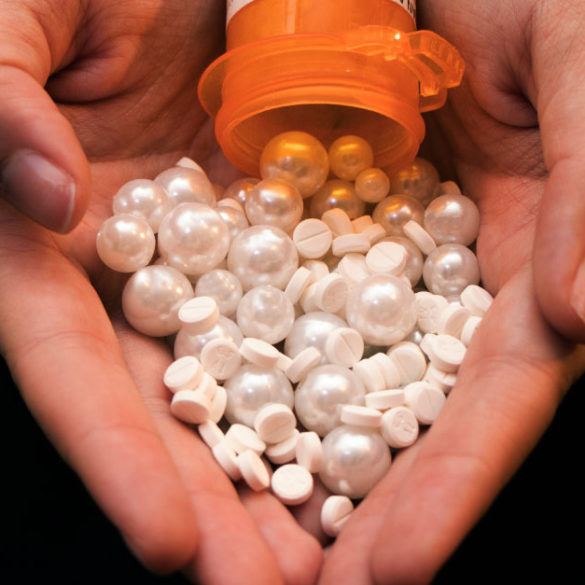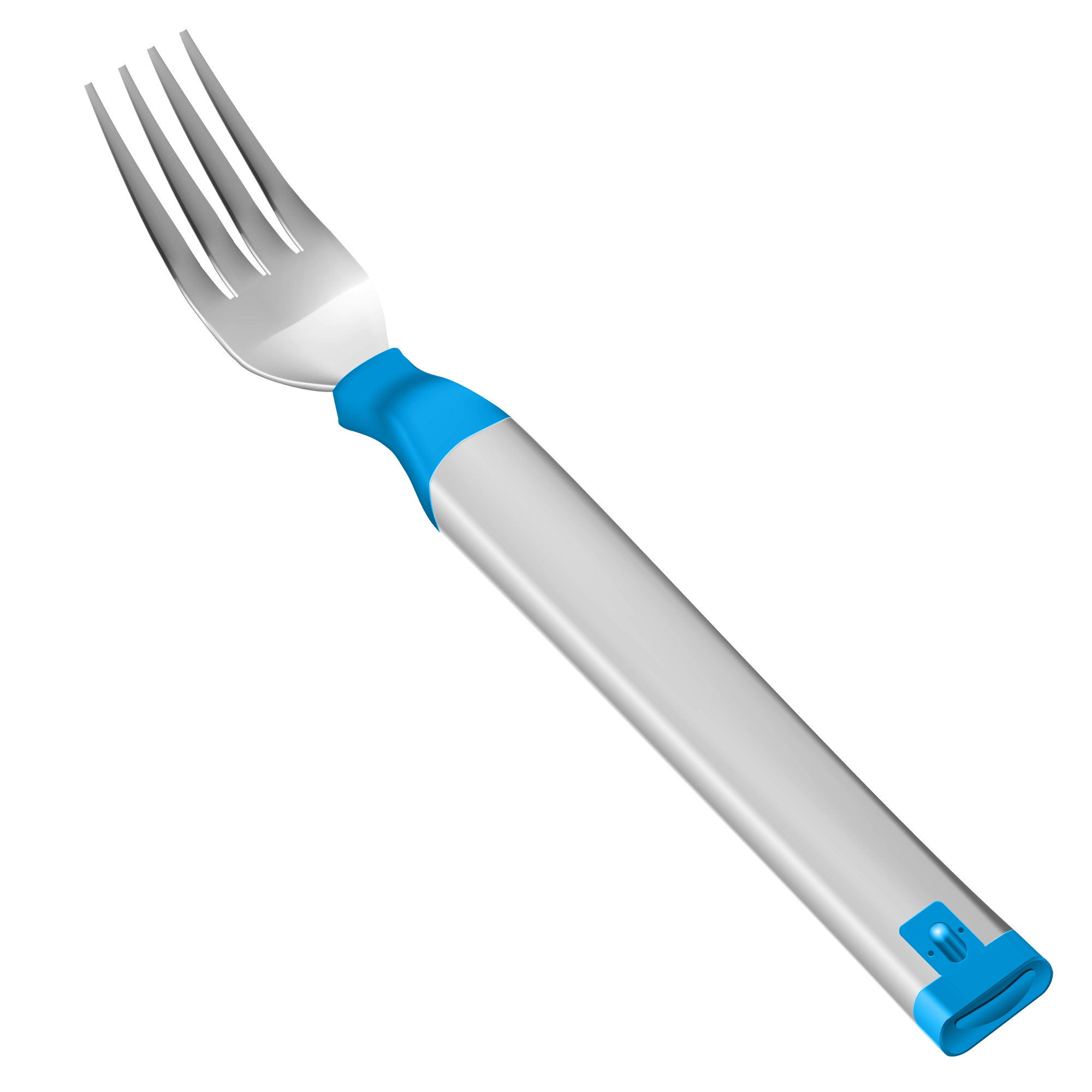As the medical field becomes more advanced, it may become less attainable for the everyday American.
I remember that I couldn’t breathe.
I gasped for air as my heart threatened to beat out of my chest. I frantically looked at my mom and dad for answers as I laid in their bed.
They looked confused—they hadn’t scolded me for something serious. They didn’t understand why I was freaking out. I was hyperventilating and crying. No matter how many times my dad told me to stop—and no matter how hard I tried to—the anxiety clung to me until I thought I might pass out.
Breathe in. Breathe out.
I completely lost control.
After a while, I felt my body relax and the tears stopped, but I still felt the paranoia and exhaustion. Both side effects of my episode. It was like my body had been wrung dry, leaving my mental and emotional states in shambles. I would try to sleep it off, but the headache would linger for days.
That’s one of my first memories. What I felt as a kid, I’d later put a name to. Anxiety.
One in every eight children suffers from anxiety, but 80 percent of children with diagnosable anxiety disorders don’t get the treatment they need, according to the Anxiety and Depression Association of America. Anxiety can result from traumatic or stressful events, but children are more likely to get anxious about smaller things.
When I was 5, my parents divorced and moved halfway across the country from each other. My mom became a single mom, working two jobs just to keep food on the table. I was always a very observant and nosey person, looking through old mail or trying eavesdrop on phone conversations to see what was going on. It wasn’t hard to tell we didn’t have a lot of money, even though my mom worked constantly just to make ends meet.
After realizing this, I did my own research and discovered anxiety would not be cheap to treat.
Therapy is one of the most common treatments for anxiety. On average, a month of therapy with one session each week costs about $200. And that’s a very cost-friendly therapist also covered by insurance, according to goodtherapy.org. Without insurance, the same treatment would cost closer to $400.
At 10 years old, these numbers were horrifying. So I kept my mouth shut. I didn’t tell my parents about the severity of what I felt. But eventually, even the good days became plagued with anxiety attacks. Those only worsened when my oldest brother, Garylee, died.
Garylee had become a temporary dad to us all while we lived with our mom. He cared for us when my mom was at work, played popcorn with us on the trampoline, and always made every little holiday special. He was one of those people we thought we could always count on.
Until we couldn’t.
He took his life on a foggy morning in May of 2009. I woke up to my sister screaming.
On that day, the world lost a little bit of its sparkle. Everything paused and every minute suddenly felt like hours. There was nothing to think or worry about when we were all trying so desperately to not think at all. As a family, we spent that week trying to exist as little as possible.
And then the waves breached the levee and everything came back to me, except this time, two-fold.
My little brother and I trekked halfway across the country to a new life and a new home with my dad in Indianapolis. My anxiety didn’t escalate—it catapulted. I went from crying because someone was late coming home to crying simply because nobody was home at all. Every raised voice, loud noise, and confrontation brought heart palpitations and a cold sweat. I felt like the anxiety was taking over my identity.
It became someone in the mirror. Someone who put a value on my day, my happiness, and my life. I found it hard to differentiate between who I was with and without my anxiety and depression whispering in my ear.
Even though I was scared to be alone, I purposely isolated myself because I was also scared to let anyone see weakness in me.
That’s the thing about General Anxiety Disorder. It’s all about worry. Constantly worrying about everything, even when there’s nothing to worry about. And I didn’t have anything to help me deal with those feelings.
I was just one of 40 million Americans with mental illness going without the treatment I needed, according to mentalhealthamerica.net. The Anxiety and Depression Association of America states that 3.1 percent of the population suffers from Generalized Anxiety Disorder alone, and women are twice as likely to be affected. But these facts didn’t stop me from feeling more and more alone every day.
A couple years later, as a sophomore in high school, I was hospitalized for my anxiety because I decided life wasn’t worth the worry anymore.
I had hidden my anxiety for so long, I didn’t know how to ask for help. I knew that even if I did, I might not be able to accept the lifelong commitment to treatment. Then, giving up felt so much easier.
But fortunately, I got the help I needed after being hospitalized. I reached out to friends who cared enough to make sure I got the medical attention I needed that night. I went to the hospital and talked to doctors who understood and made me see that my desperation to escape was normal. They convinced me that getting better would be easy.
I came home with the chance to really acknowledge the grip I had allowed my anxiety to take on my life. I became eager to explore the possibility of a life where I was in control.
But then the hospital bills came. One by one, stacking silently on the kitchen table.
I started collecting the mail each day, so I could throw away the letters saying I’d skipped class. This was part of my daily routine. But eventually I grew terrified to check that little box and the bills I knew hid inside.
Even though we had health insurance, my father paid a $2,500 deductible before ever seeing a cent of insurance money. According to the Centers for Disease Control and Prevention, 28 percent of Americans will never have that privilege. A family without insurance would have faced more than $10,000 in bills. The ambulance ride alone, which I tried to refuse because I knew we couldn’t afford it, was $4,000. And I lived less than a mile from a hospital.
I saw the cost of that five-hour hospital excursion bear weight onto my father’s back. Every time I looked at him, I saw his desperation to help me feel better and get whatever help I needed. I can’t forget the nights he would sit at the kitchen table planning out his hard-earned paycheck, cent by cent, to make it all work.
It made me realize that we live in a world where getting sick can be more crippling financially than physically.
Though anxiety is one of the most common and treatable mental illnesses in America, less than 40 percent of those who suffer from it get the treatment they need. According to the Journal of Clinical Child & Adolescent Psychology, lower class families have higher stress levels than middle class families. This extra stress comes from facing financial difficulties.
Elaine Hernandez, a sociology professor at Indiana University, says the spike in health care costs over the last 10 years can be credited to a demand for innovative health care. But people of lower socioeconomic classes sometimes can’t access these advancements in medicine.
People who are lucky enough to have insurance usually still have copays or deductibles to pay before receiving treatment. According to the Kaiser Family Foundation, 43 percent of all Americans have trouble paying their deductible itself, while a third of that says they have problems paying their insurance premiums. This number can be as small as $50 or the $2,000 my grandmother had on Medicare. Still, that $50 fee means more to a family that is barely above the federal poverty limit than someone in a higher social class.
Many people who seek treatment leave the doctor’s office with more things to pay for—usually a prescription of some sort. The sicker you are, the more medicine you need, and the more you have to pay.
Not being able to afford your medication makes it a lot less effective. The Kaiser Family Foundation says nearly half of those in poor health are 43 percent more likely to skip a prescription pill or even split their pills in half to make them last longer. One in four Americans who take prescription drugs report difficulty affording their medicines.
My family is no stranger to prescriptions. My mom and I once went to fill my younger brother’s prescription for a mood stabilizer his doctor had strongly recommended. I still remember the look of utter shock on my mother’s face when the clerk at CVS said it’d be more than $200 for one month’s prescription.
The medication had been monopolized. The woman behind the counter explained that one company held the keys to the medicine and could make it as expensive as they wanted. My mom rummaged hopelessly in her purse, already knowing we couldn’t afford it.
She plastered on a smile, picked herself up and told the woman to fill the other medications we came for, but not the mood stabilizer.
Nearly 30 percent of Americans have trouble paying medical bills, and seven in 10 people who reported issues say they had to cut back on spending for things like food, clothing, or basic household items according to the Kaiser Family Foundation. A give and take between the things they need to live, and the things they need to get better. Limiting these critical supplies causes stress, which often makes people even sicker.
It took me getting very sick and depressed to seek help. I became secondary to my disease, and more than half of the time I felt completely out of control. I wasn’t eating, sleeping, or dealing with my stress and emotions in a healthy way. I wasn’t dealing with them at all.
Everyone around me told me to forget the cost and that I needed to take care of myself, but not everyone has that luxury. Some will live their whole lives without getting the support they need.
I didn’t get help until my freshman year of college. I’d been consumed with anxiety for so long that I developed a stomach ulcer. Now every time I have an anxiety attack, I throw up and get light headed. I stopped eating and ended up losing 25 pounds in a little more than three months during my freshman year. I broke down. After that, I had $300 worth of blood work done, and left with a prescription for my first trial of preventatives in hand.
I’ve gone back to the doctor every month since. I have accumulated another $300 of bills on my kitchen table, and I might still be a little afraid of my mailbox.
Today, in my sophomore year of college, I am a healthier and happier person. My illness no longer controls me, but it does trigger a mild anxiety attack every time the debt collector calls, or a bill comes in the mail.
These medical bills will never stop. I’ll always be filling a prescription or having a checkup to make sure the medicine is working. It’s been almost a year, and I still haven’t found the right treatment for me, but I’m trying. In today’s America, that’s all those of us who struggle to balance our needs with our checkbooks can do.




